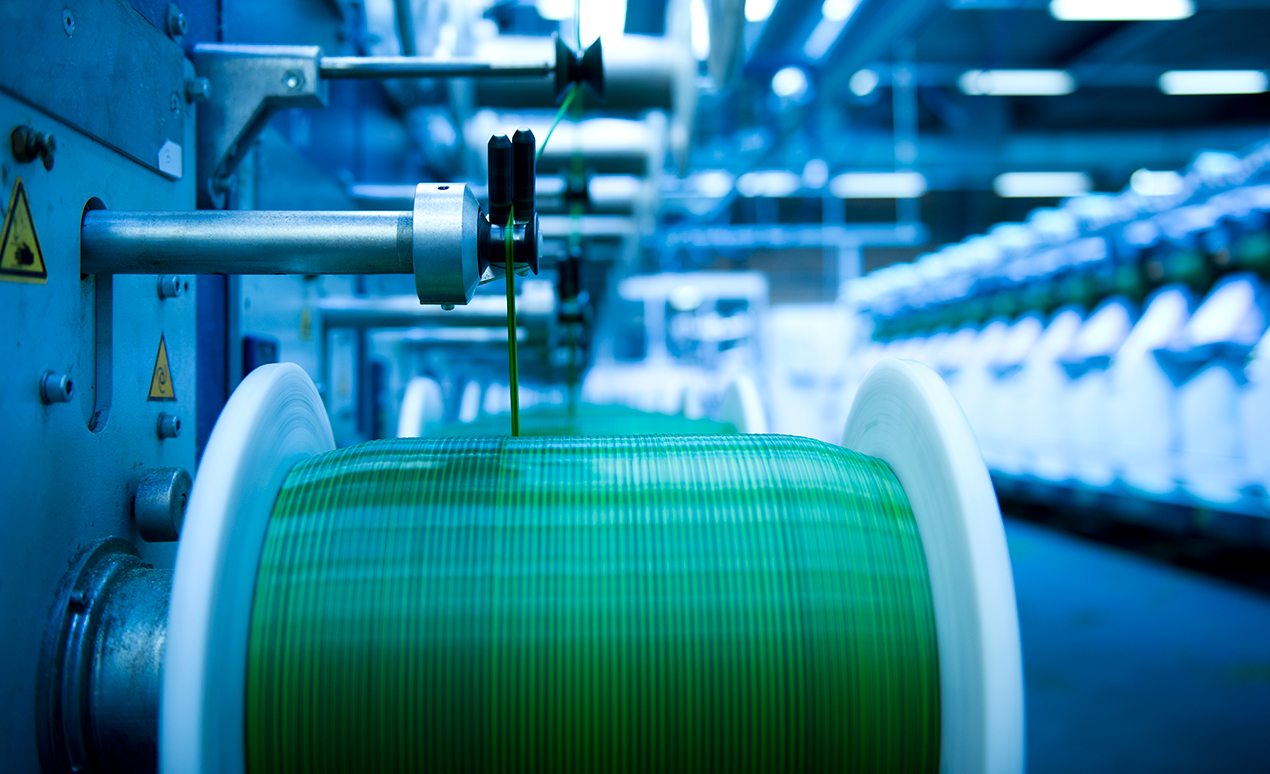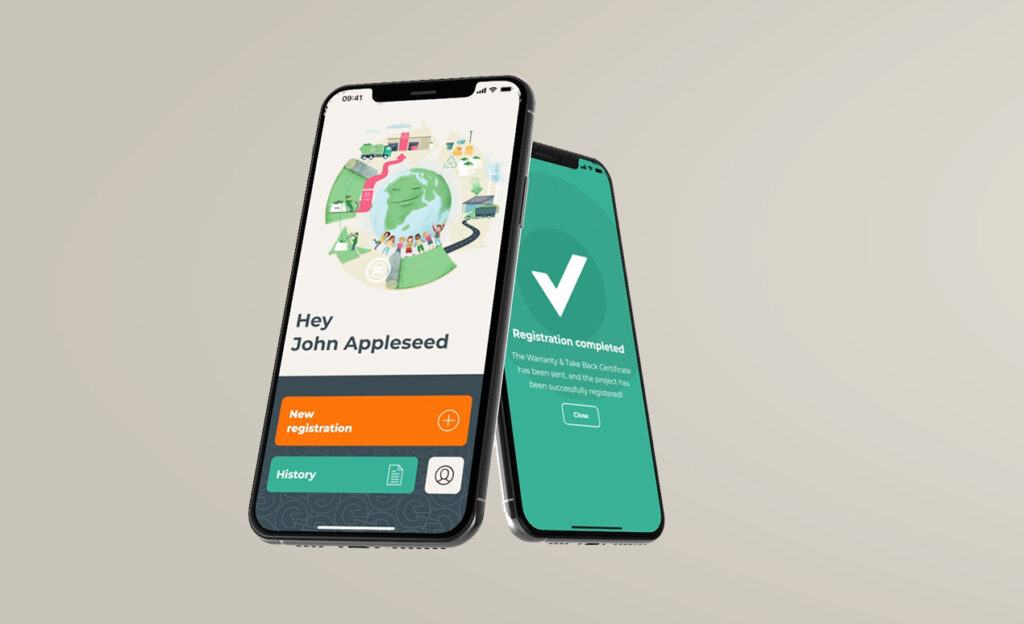The concept of Design for Recycling plays a crucial role on the path to sustainability, starting from the initial stages of product design and material selection. This approach ensures that products, after their lifecycle, end up in the correct waste stream—or rather, become part of the raw material stream. Designing with recycling in mind is a cornerstone of sustainable design, emphasizing the simplicity of recycling and the advantages of monomaterials over multimaterials.
The Essence of Monomaterials
A monomaterial is a product composed exclusively of one type of material, making it inherently easier to recycle than products made from a combination of materials. Due to their uniform composition, separating different materials for recycling is unnecessary. This accelerates the recycling process and makes it more efficient, less energy-intensive, and cost-effective. The advantage of monomaterials is clear: they promote a more sustainable and efficient recycling process, leading to a lower environmental impact.
Monomaterials vs. Multimaterials
Understanding the distinction between monomaterials and multimaterials is crucial for effective recycling. Monomaterials are easily recyclable and represent the ideal scenario for recycling efforts. Multimaterials, composed of different materials, pose significant challenges. Because separating these materials is difficult, they can only be recycled into lower-quality recyclates with limited applications.
Design for Recycling
Design for Recycling integrates recyclability into product development to reduce environmental impact. By considering the entire lifecycle of a product with a focus on easy recycling, this design promotes sustainability. Emphasizing quality and reparability minimizes waste, leading to products that consume fewer resources and energy and are easier to recycle or reuse.
Sustainability Through Design
The philosophy of Design for Recycling and the emphasis on monomaterials mark a fundamental shift toward sustainable product design. This approach addresses waste management and promotes the conservation of raw materials and energy efficiency. By applying ecodesign principles, manufacturers and designers can contribute to a sustainable future with products that have minimal environmental impact and stimulate a circular economy.
Design for Recycling is not just about creating recyclable products; it’s about shaping a sustainable lifecycle where every phase, from creation to recycling, is as environmentally friendly as possible. This holistic approach is essential in our collective effort toward a more sustainable and environmentally conscious world.
































